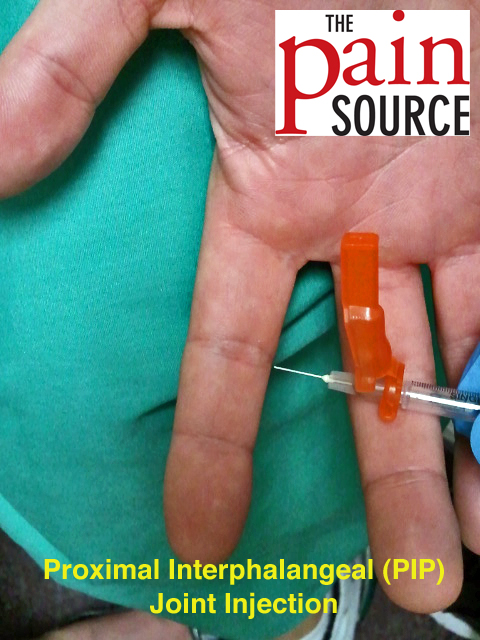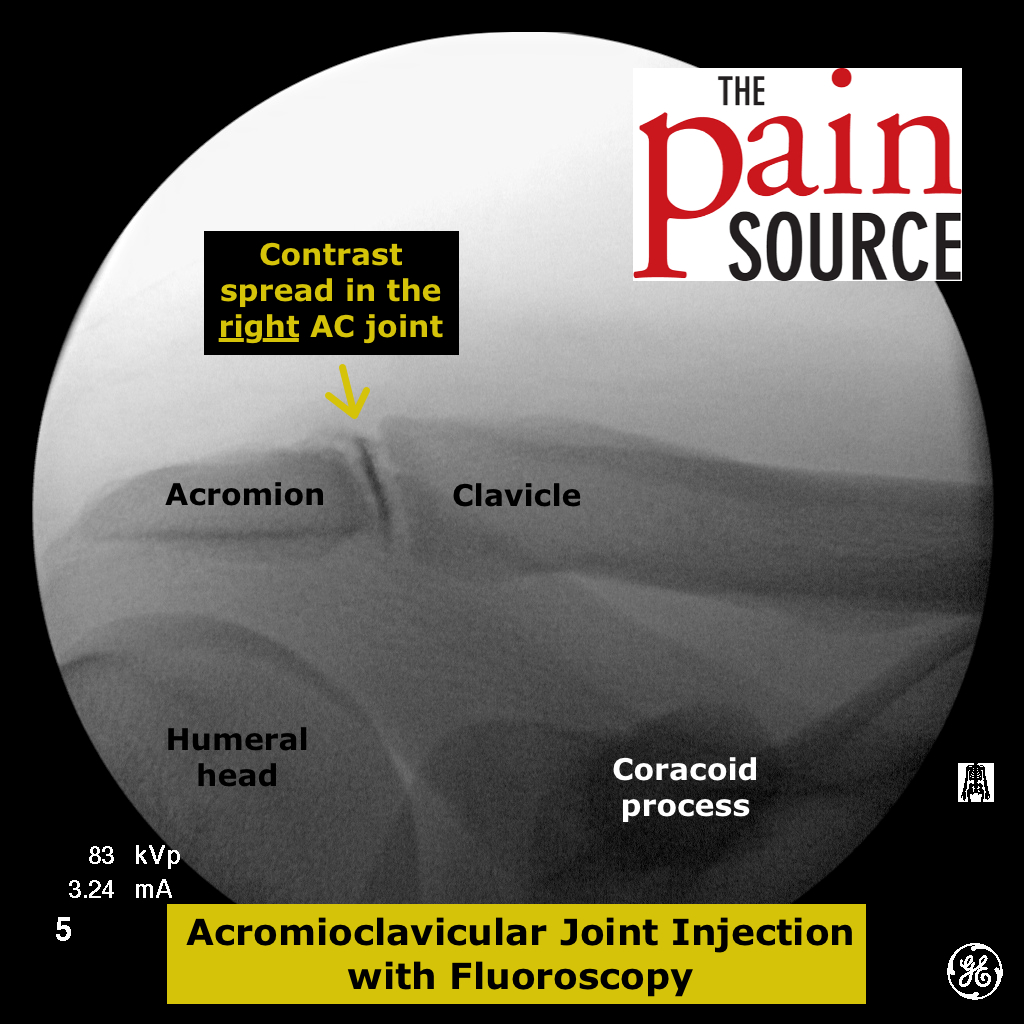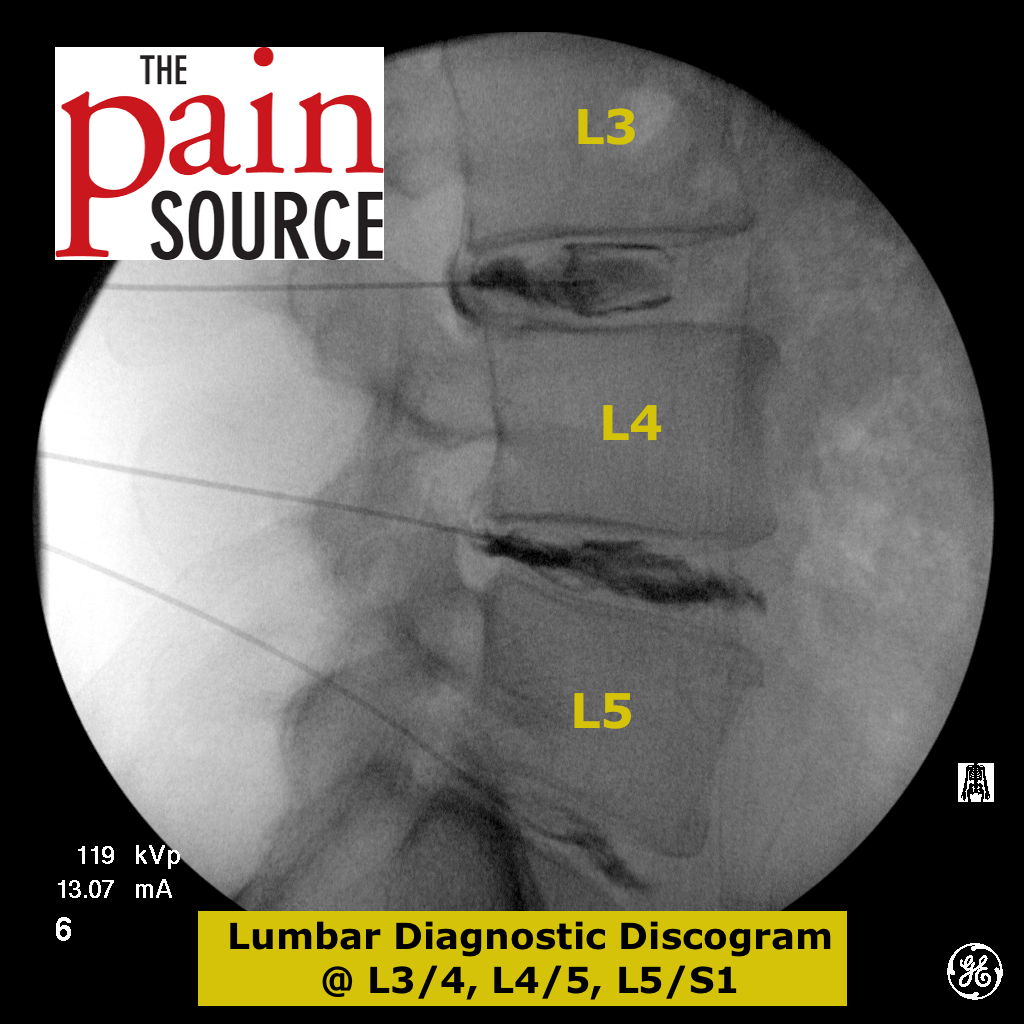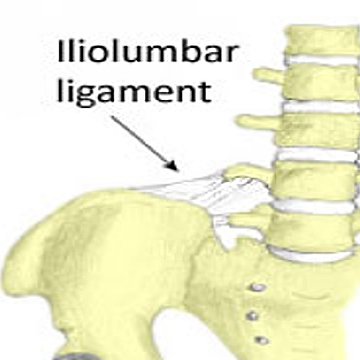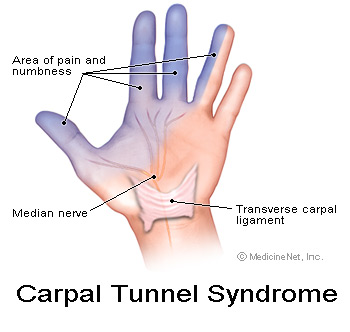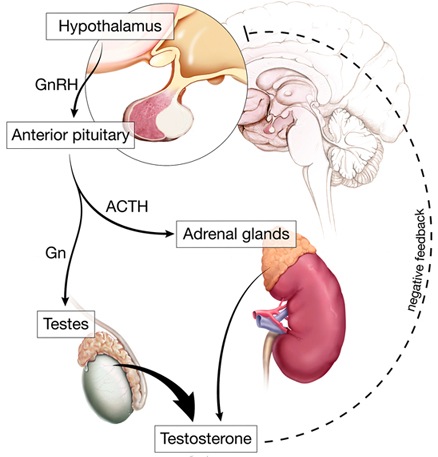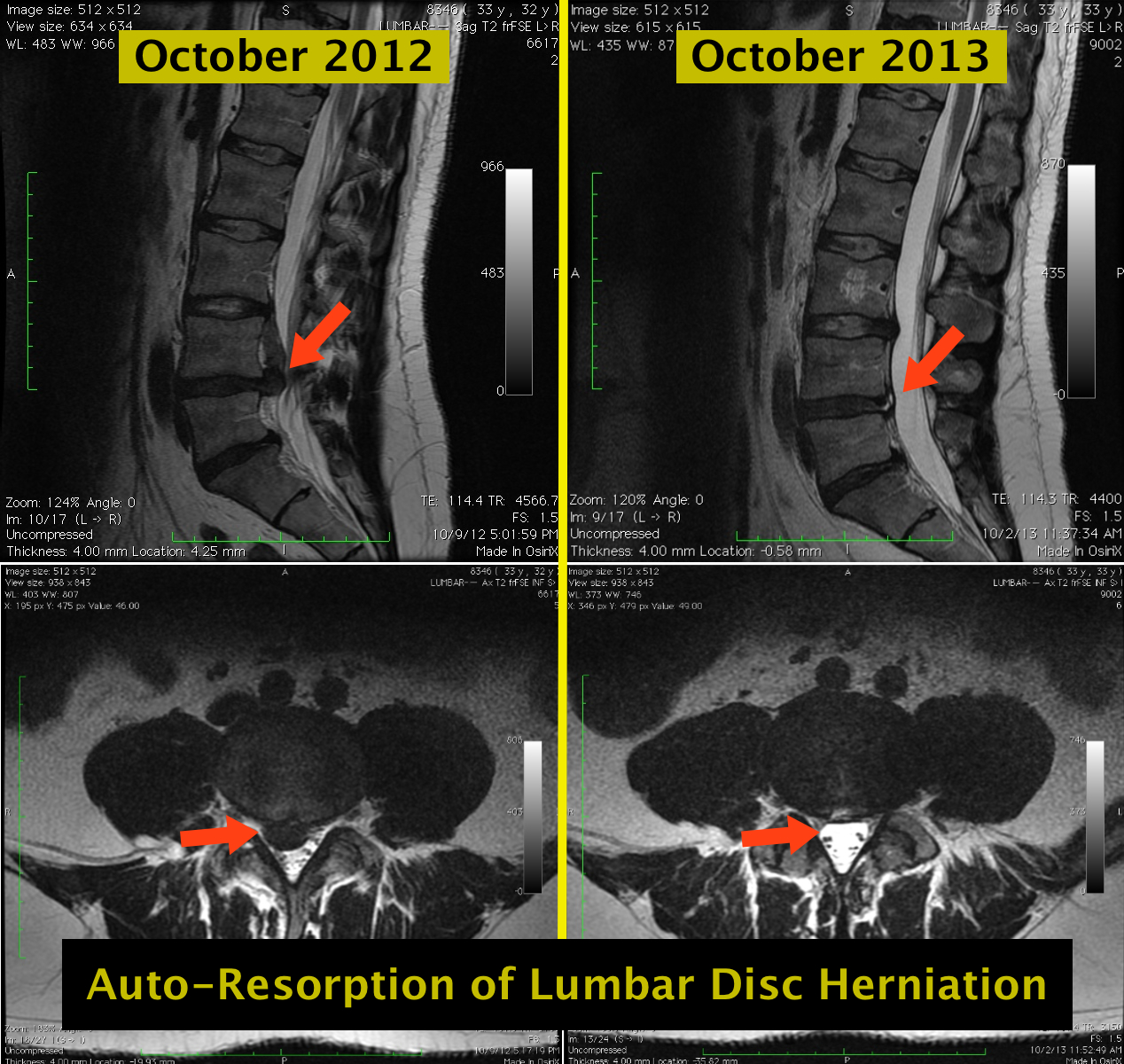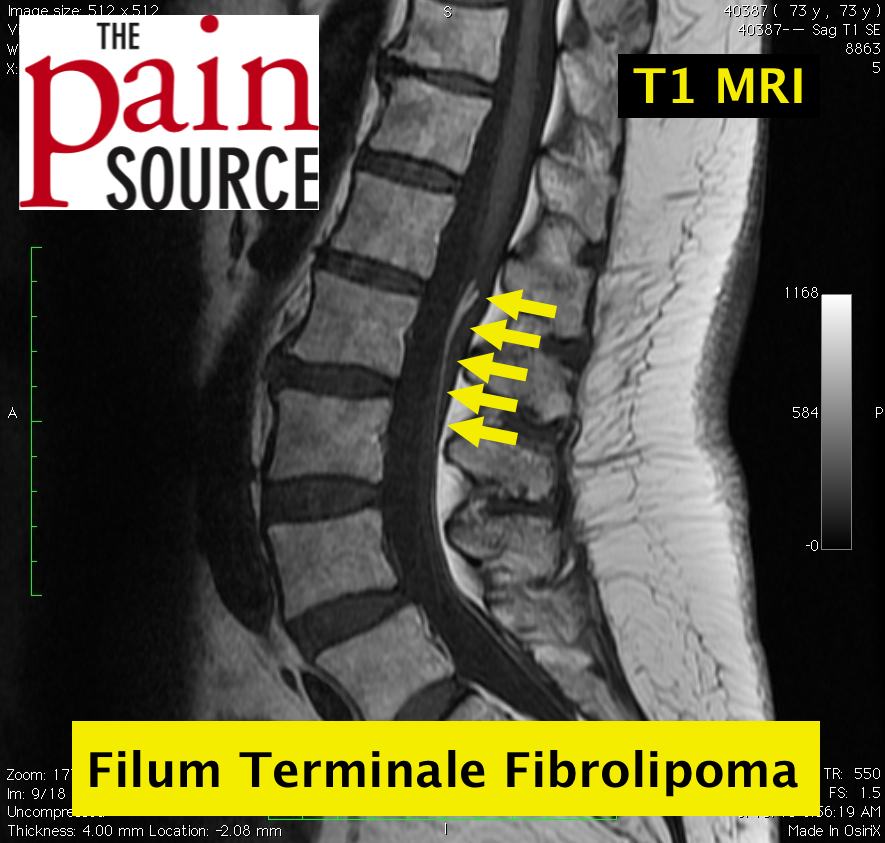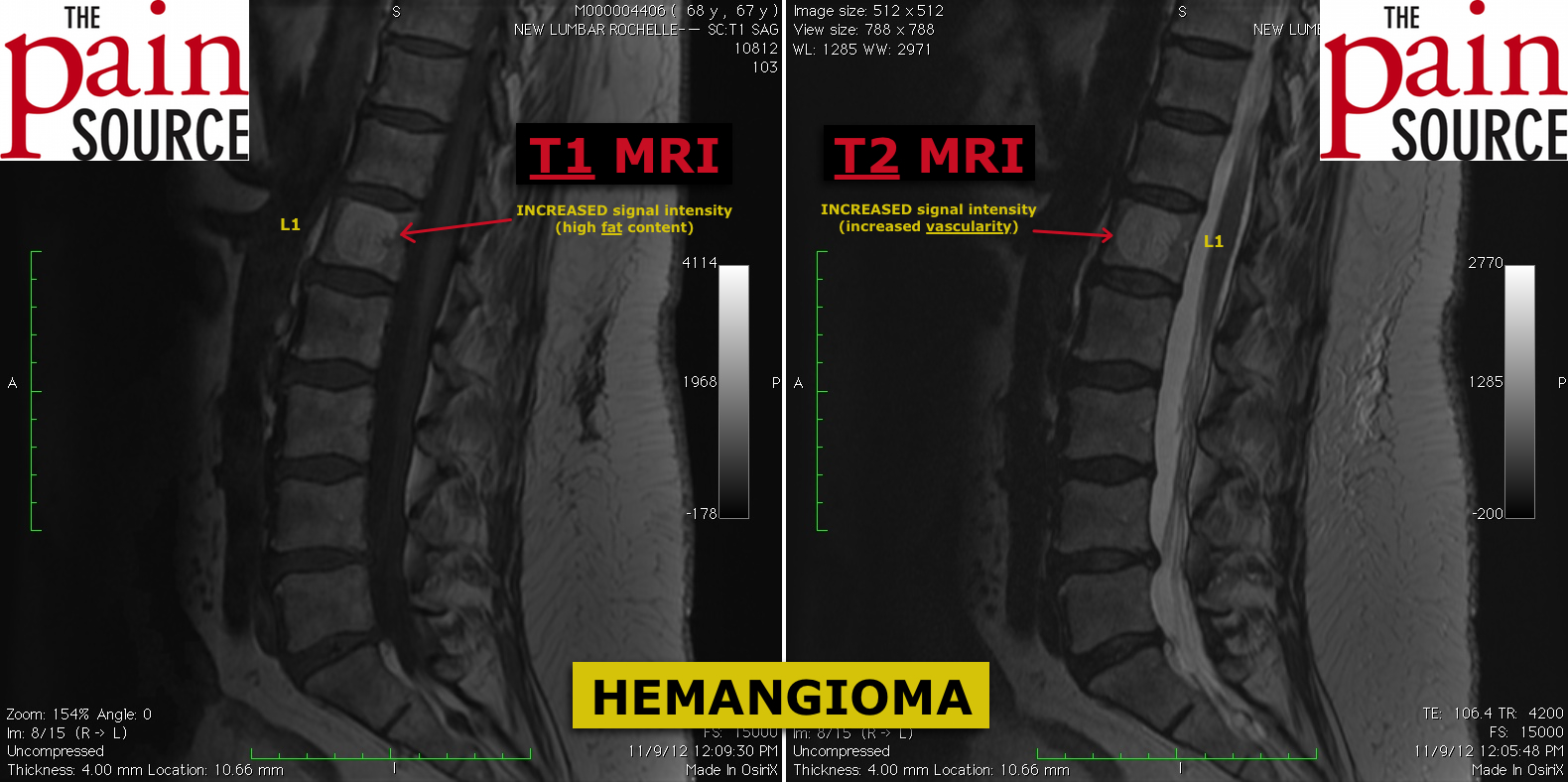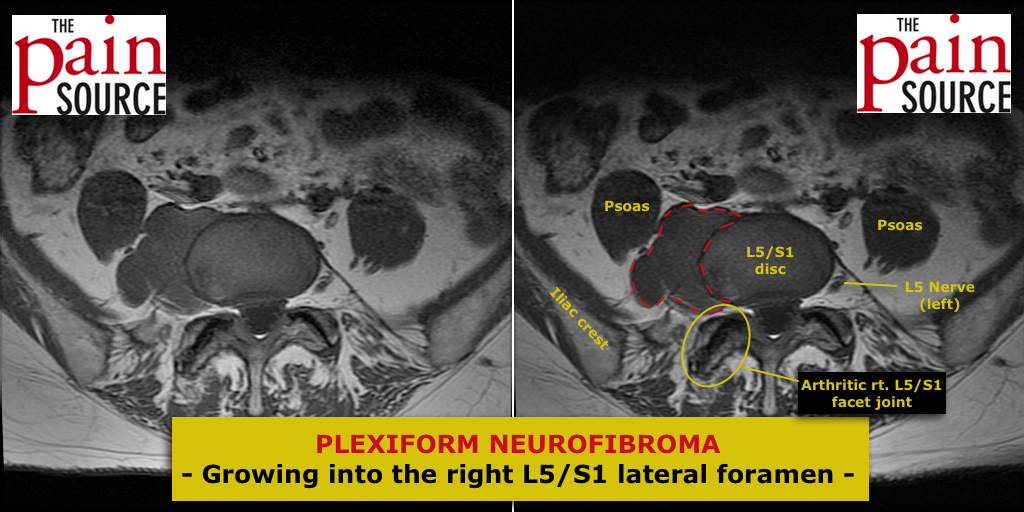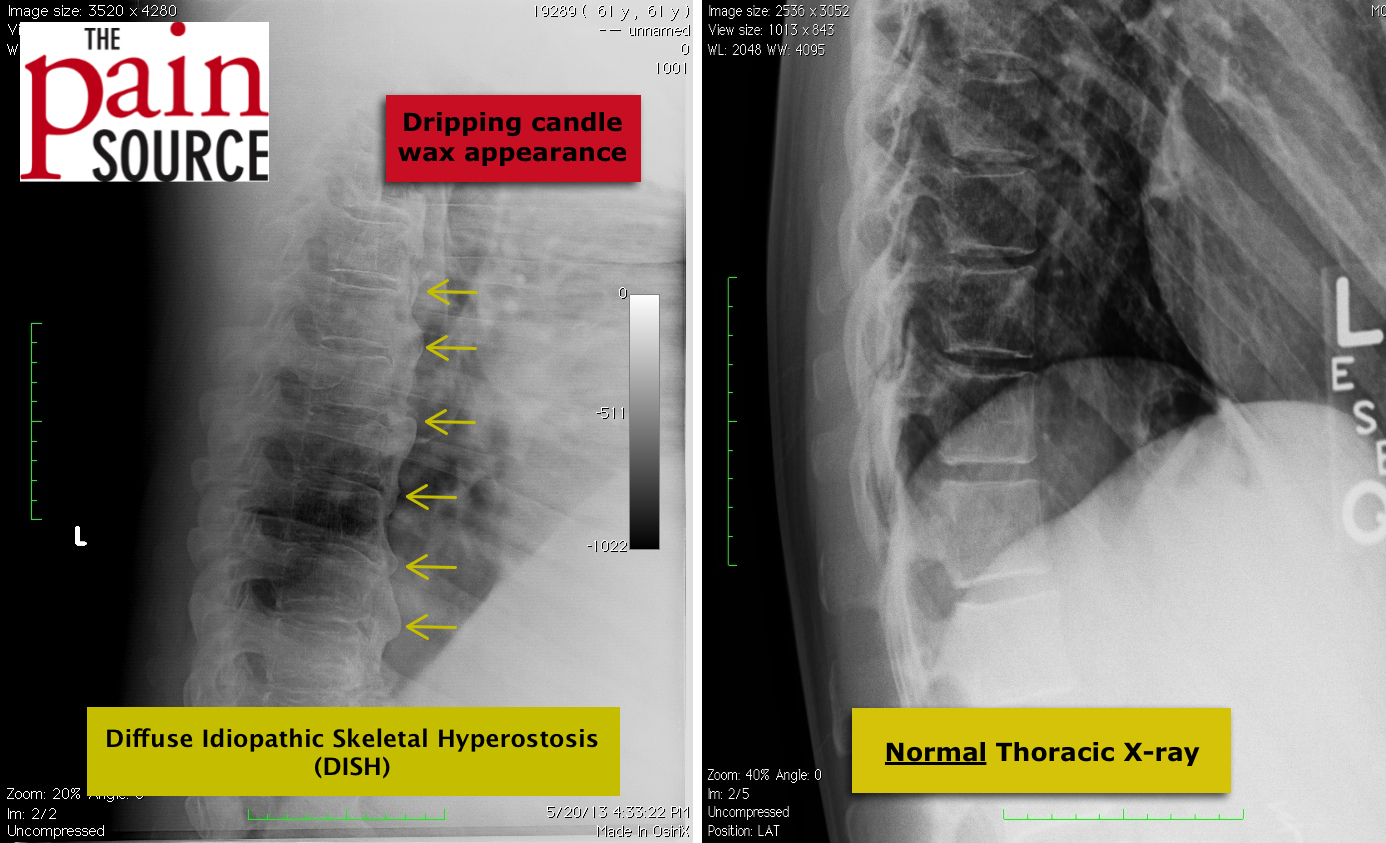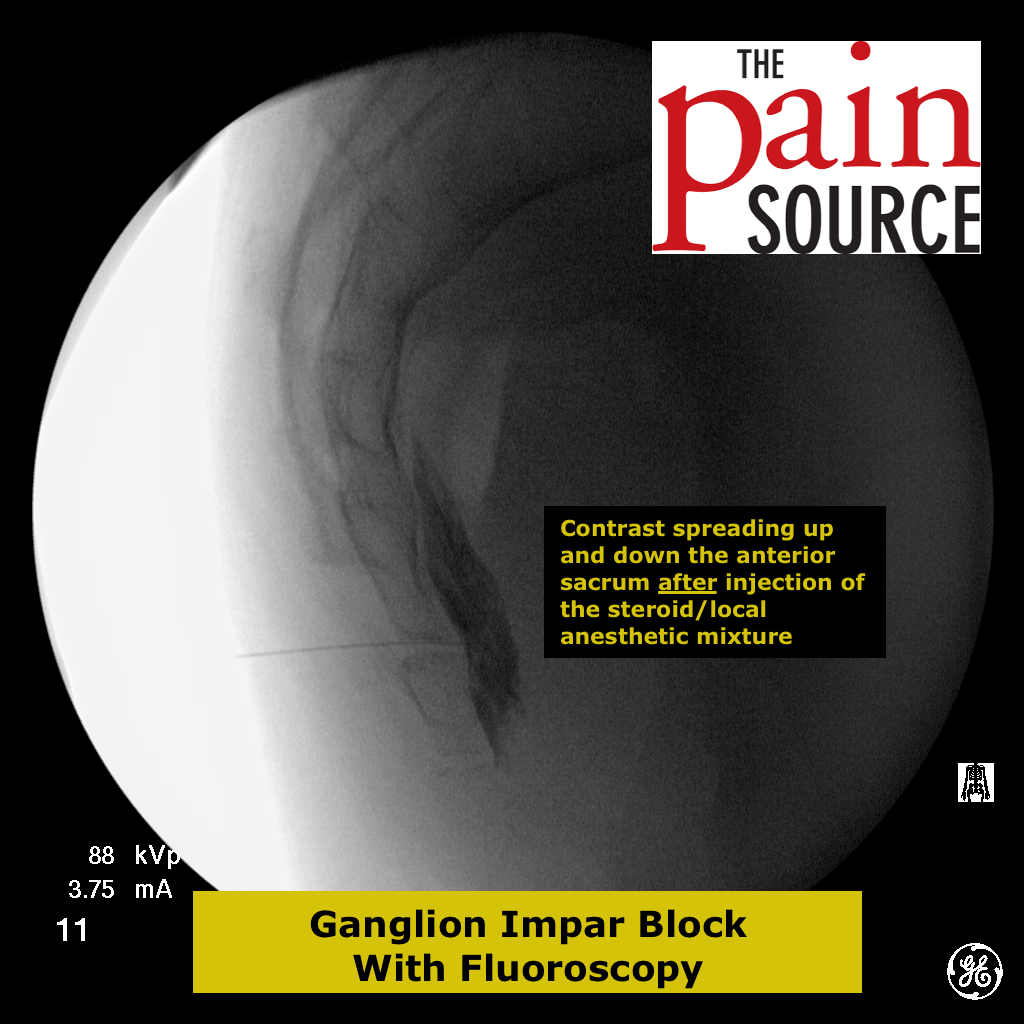By Chris Faubel, MD —
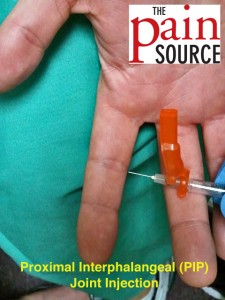
aka. “PIP injection”
Indications
- Osteoarthritis (painful) of the proximal interphalangeal (PIP) joint
- Rheumatoid arthritis of the proximal interphalangeal (PIP) joint
- **see all ICD-9 and ICD-10 codes at end of post
CPT code: 20600 “Arthrocentesis, aspiration and/or injection; small joint or bursa (eg, fingers, toes)”
Materials Needed
- Gloves – non-sterile
- Alcohol swabs (or povidone-iodine)
- Band-aid
- Tuberculin needle/syringe
- Injectate
- 0.2-ml of 40mg/ml Depo-Medrol or Kenalog (or 0.5ml of 6mg/ml Celestone)
- 0.1-ml of 1% lidocaine
Technique / Procedure Steps
- Always start with informed consent from the patient, and then a time-out to verify correct patient and injection site.
- Clean the skin thoroughly with as many alcohol swabs as needed (usually only 1-2 are needed).
- Patient position: Perform lying supine (or seated) with the hand/fingers relaxed on a flat surface.
- With the tuberculin needle/syringe, enter perpendicular to the skin. Hit periosteum at the joint line or just slightly above or below it, and then back off less than a millimeter — you can inject the joint from either the medial or lateral side.. Note: Ultrasound may be needed if extensive osteophytes make it difficult. Also, the needle tip does NOT need to be inside the joint; just under the capsule surrounding the joint.
- Once you feel you’re in the correct location, inject the full contents of the syringe. Should flow easily.
- Withdraw the needle after syringe if fully empty, and apply band-aid.
Tips
- Finding the injection site
- Flex and extend the PIP to get a better feel of the joint space.
- May help to distract the phalanx distally to open the joint space.
- Numbing the skin
- Find out all about “Taking the Sting Out” (of injections) by going here.
- Even though you’re using a tuberculin needle, it would be a good idea to use “numbing” ethyl chloride spray.
- After the injection
- Have the patient move their finger around while you throw away supplies.
- Then, re-mobilize the PIP joint so they can see the immediate results of the lidocaine.
- Explain to the patient that the lidocaine will wear off in an hour or so, and that they will be back to their normal pain until the steroids start kicking in (anywhere from 1-7 days).
- May also ask the patient to not do much activity on that finger for 12-24 hours.
Diagnostic Codes
- Proximal interphalangeal (PIP) joint painful osteoarthritis
- ICD-9 codes:
- 715.14 “osteoarthrosis, localized, primary, hand”
- 719.44 “pain in joint, hand”
- ICD-10 codes:
- M19.041 “primary osteoarthritis, right hand”
- M19.042 “primary osteoarthritis, left hand”
- M79.644 “pain in right finger(s)
- M79.645 “pain in left finger(s)
- ICD-9 codes:
- Rheumatoid arthritis of the proximal interphalangeal (PIP) joint
- ICD-9 code:
- 714.0 “rheumatoid arthritis”
- ICD-10 code:
- M05.641 “rheumatoid arthritis of right hand WITH involvement of other organs and systems”
- M05.642 “rheumatoid arthritis of left hand WITH involvement of other organs and systems”
- M05.741 “rheumatoid arthritis with rheumatoid factor of right hand WITHOUT organ or systems involvemen”
- M05.742 “rheumatoid arthritis with rheumatoid factor of left hand WITHOUT organ or systems involvement”
- ICD-9 code:

